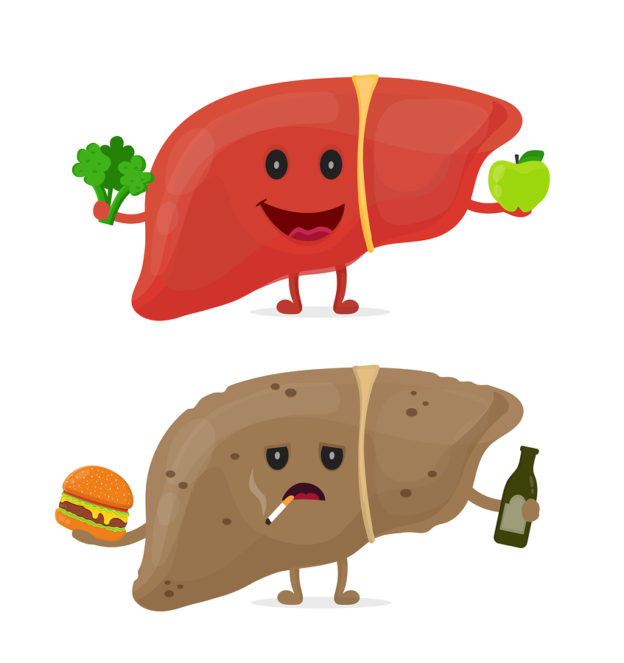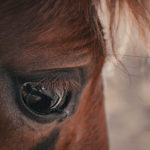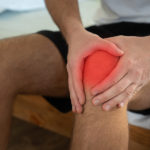By David Blyweiss, M.D., Advanced Natural Wellness
March 16, 2018
- If you eat these foods every day, you could have fatty liver
- NAFLD: The fastest growing reason for liver transplants
- The perfect diet to slash liver fat
Everybody knows that excess alcohol consumption can lead to fatty liver disease. But I’ll bet you’ll be surprised to find out that one of the food groups you eat every day also contributes to fatty liver.
It’s not fatty foods. And it’s not protein. It’s all of the refined and high glycemic carbohydrates that are so common in today’s modern diet.
When you eat too many of these carbohydrates, they stimulate fatty acid synthesis in the liver. This, in turn, causes fat to accumulate in the liver. In fact, carbs contribute to the development of non-alcoholic fatty liver disease (NAFLD) even more than fats do.
This is a real problem since high glycemic carbohydrates foods like rice, pasta, potatoes and processed wheat products regularly grace dinner tables across America. Sugary juices, sports drinks, teas and sodas often accompany those foods.
Plus, don’t forget about all of the packaged and processed foods that can sometimes sound like they’re actually good for you.
Open your arteries, improve blood flow for a new health miracle...
Did you know your circulatory system has over 60,000 miles of arteries, veins and other blood vessels, if stretched end to end?
But as you age, your blood vessels undergo changes, which may cause them to stiffen, thicken and get clogged.
GOOD NEWS! Doctors have now identified a “Miracle Molecule” inside your arteries that helps OPEN your arteries and IMPROVE blood flow.
It’s what Dr. Valentin Fuster calls it, "One of the most important discoveries in the history of cardiovascular medicine."To you, that means...
- Healthy blood pressure
- Sharper mind and memory
- Skyrocketing energy and muscular strength
- Increased pleasure and passion in the bedroom
- Improved circulation to every cell and organ in your body
Go here to discover a new natural way to significantly boost the levels of this miracle molecule in YOUR body NOW!
For example, many breads and cereals that say they’re made from “whole grains” often have just enough whole grains in them to be able to put the claim on the label. Worse, most of them are weighed down with sugar, corn starch and other added ingredients. These foods are definitely not liver friendly.
Nutrition bars, low-fat yogurts and other healthy-sounding foods also tend to contain high amounts of sugars and other unhealthy additives that certainly won’t do your liver any good.
NAFLD: Fastest Growing Reason for Liver Transplants
Now here’s the thing. Fatty liver is invisible. You can’t see it. And you probably won’t even feel it until it reaches advanced stages. However, there is no cure for it. Once you develop it, there aren’t any pills or special procedures that will fix you up.
Still, it’s estimated that somewhere between 30% and 40% of adults here in the U.S. have NAFLD. That’s means one out of every three or four people. And guess what? Up to a third of those people will develop cirrhosis within 10 years. The truth is, fatty liver is the fastest growing reason for liver transplants among adults between 18 and 40 years of age.
Plus, NAFLD is a major risk factor for heart disease. About 25% of NAFLD patients end up dying of a heart attack.
The World's Quickest Solution for Ending Prostate and Urinary Misery
This has recently been revealed to be one of the only real breakthroughs in prostate health.
The seeds of a strange fruit (sometimes called "Chinese Apples") hold powerful phytonutrients that are a revolution in prostate health.
In fact, UCLA and Veterans Administration research have now proved this to be true.
Not only that, but it may be the worlds quickest solution for ending prostate misery.
Simply stated, these phytonutrients represent a huge step beyond beta sitosterol, saw palmetto, and other phytosterols alone.
Simply click HERE if you want to have fast prostate relief...restful, uninterrupted sleep...no more constant "urges to go"...enhanced virility...and optimal prostate support for life.
So it’s definitely in your best interests to take measures to protect yourself from this disease – and even reverse it – as quickly as you can.
The Perfect Diet to Slash Liver Fat
When people eat a low-fat diet to cut down on fatty liver, it really doesn’t do much for them.
However, when they start consuming fewer unhealthy carbs and add more healthy fats and proteins in place of them, it significantly reduces the accumulation of liver fat. It can also slash levels of both abdominal and subcutaneous fat. None of these changes occur on a low-fat diet.
This makes choosing a modified Mediterranean diet the perfect way to beat fatty liver disease.
The Mediterranean diet is loaded with healthy fats, high quality proteins and plenty of antioxidant-rich produce. Everything is slathered in olive oil. Red meat consumption is low, fish consumption is high.
However, this way of eating also contains a few high carbohydrate foods that are better left off your plate. Specifically, wheat and pasta (which is made from wheat).
The reason for avoiding them is simple. We no longer have access to the type of wheat originally found in this diet. How we process it has changed. Nowadays, its effect on our bodies is toxic. Amaranth, millet and quinoa are all good replacements.
It’s also important to note that the Mediterranean way of eating doesn’t involve consuming a lot processed carbohydrates. Their foods aren’t drenched in unhealthy corn oil. Nor are they filled with tons of hidden sugars. (These kinds of foods are American mainstays that lead to weight gain, diabetes and fatty liver.)
To eat a modified Mediterranean diet, all you have to do is load your plate with plenty of organic, plant-based foods. They should be the centerpiece of your meal. Then, fill the remaining 13-15% of your plate with clean-sourced meat or wild-caught fish. Top everything off with a splash of olive oil, zesty herbs, spices and tree nuts that support your liver health.
You can discover how closely you’re eating like a Mediterranean by checking out these 14 ways to find out if you’re adhering to a Mediterranean style diet.
SOURCES:
Basaranoglu M, et al. Carbohydrate intake and nonalcoholic fatty liver disease: fructose as a weapon of mass destruction. Hepatobiliary Surg Nutr. 2015 Apr; 4(2): 109–116.
Azzam H, et al. Non-alcoholic fatty liver disease – the heart of the matter. World J Hepatol. 2015 Jun 8; 7(10): 1369–1376.
Jang EC, et al. Comparison of efficacy of low-carbohydrate and low-fat diet education programs in non-alcoholic fatty liver disease: A randomized controlled study. Hepatol Res. 2018 Feb;48(3):E22-E29.
Markova M, et al. Isocaloric Diets High in Animal or Plant Protein Reduce Liver Fat and Inflammation in Individuals With Type 2 Diabetes. Gastroenterology. 2017 Feb;152(3):571-585.e8.
Doycheva I, et al. Nonalcoholic Steatohepatitis is the Most Rapidly Increasing Indication for Liver Transplantation in Young Adults in the United States. J Clin Gastroenterol. 2017 Sep. [Epub ahead of print]
Sofi F, et al. Mediterranean diet and non-alcoholic fatty liver disease: New therapeutic option around the corner? World J Gastroenterol. 2014 Jun 21; 20(23): 7339–7346.







